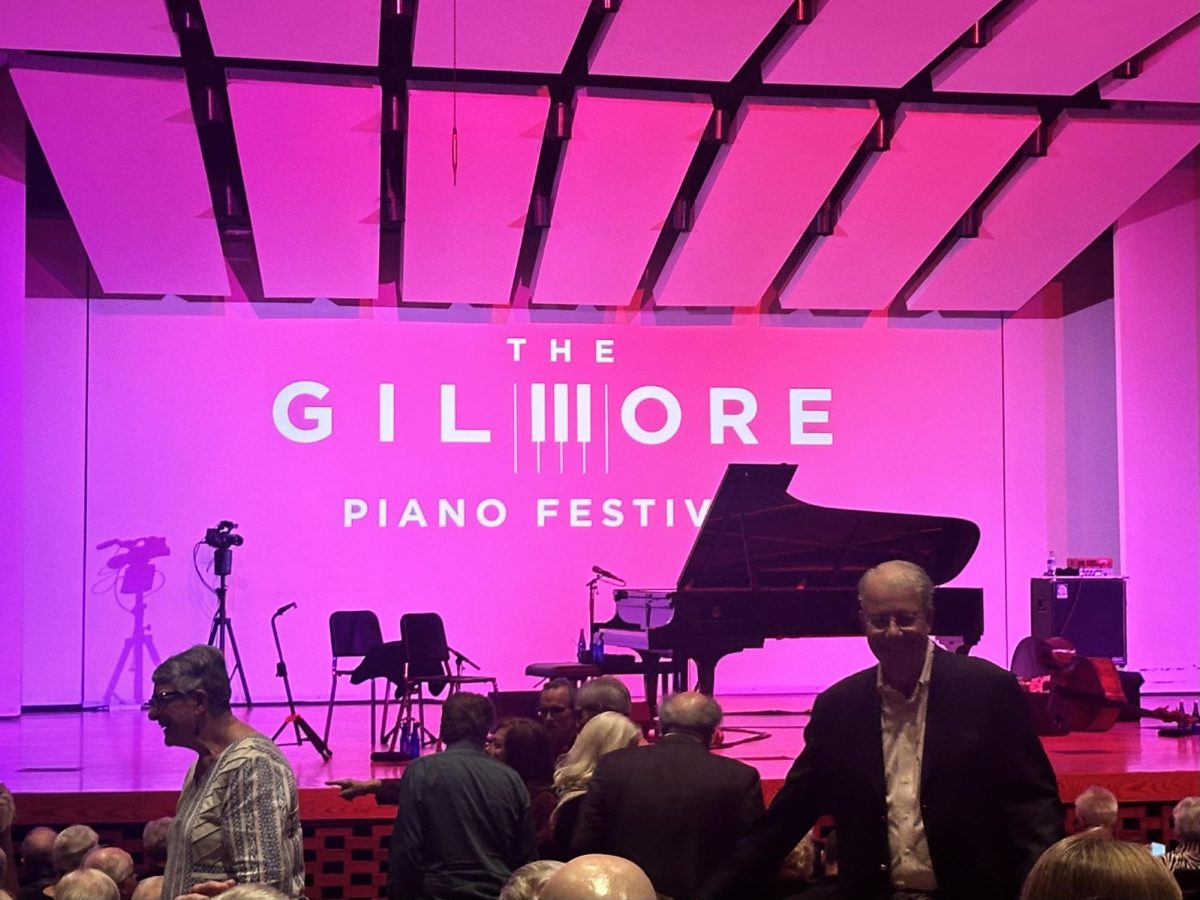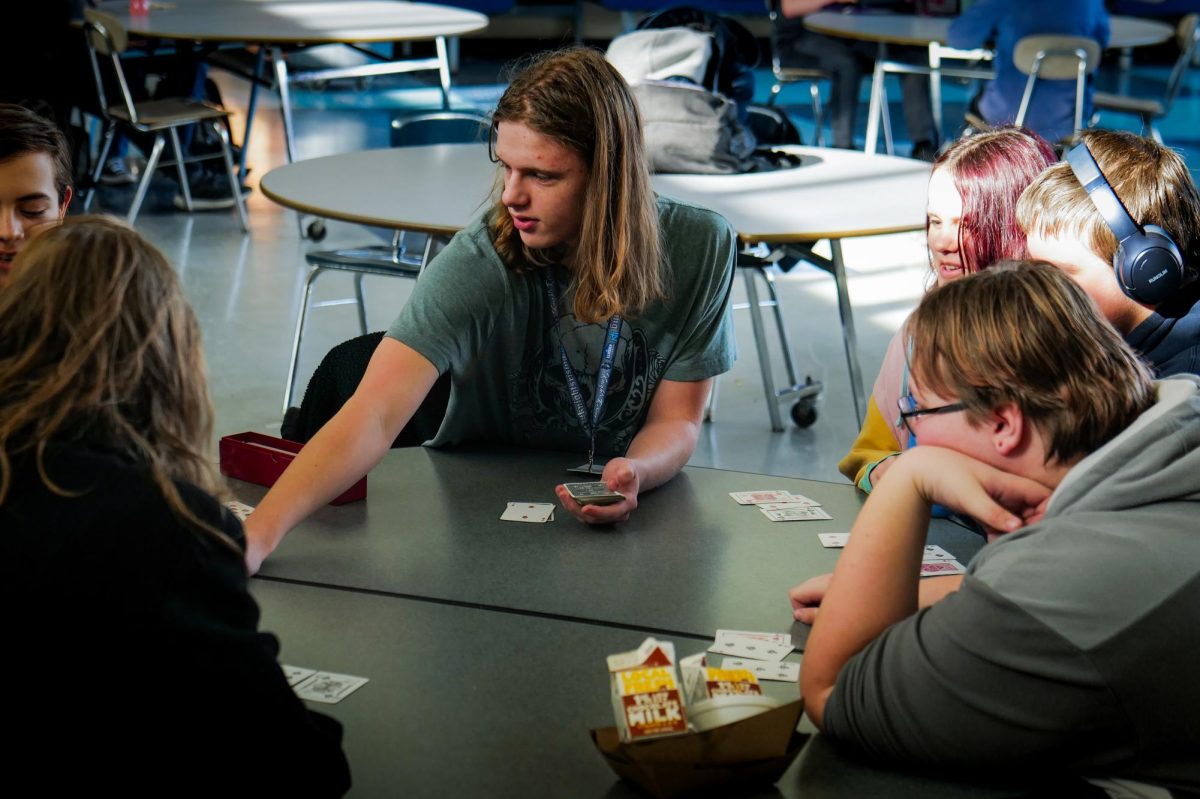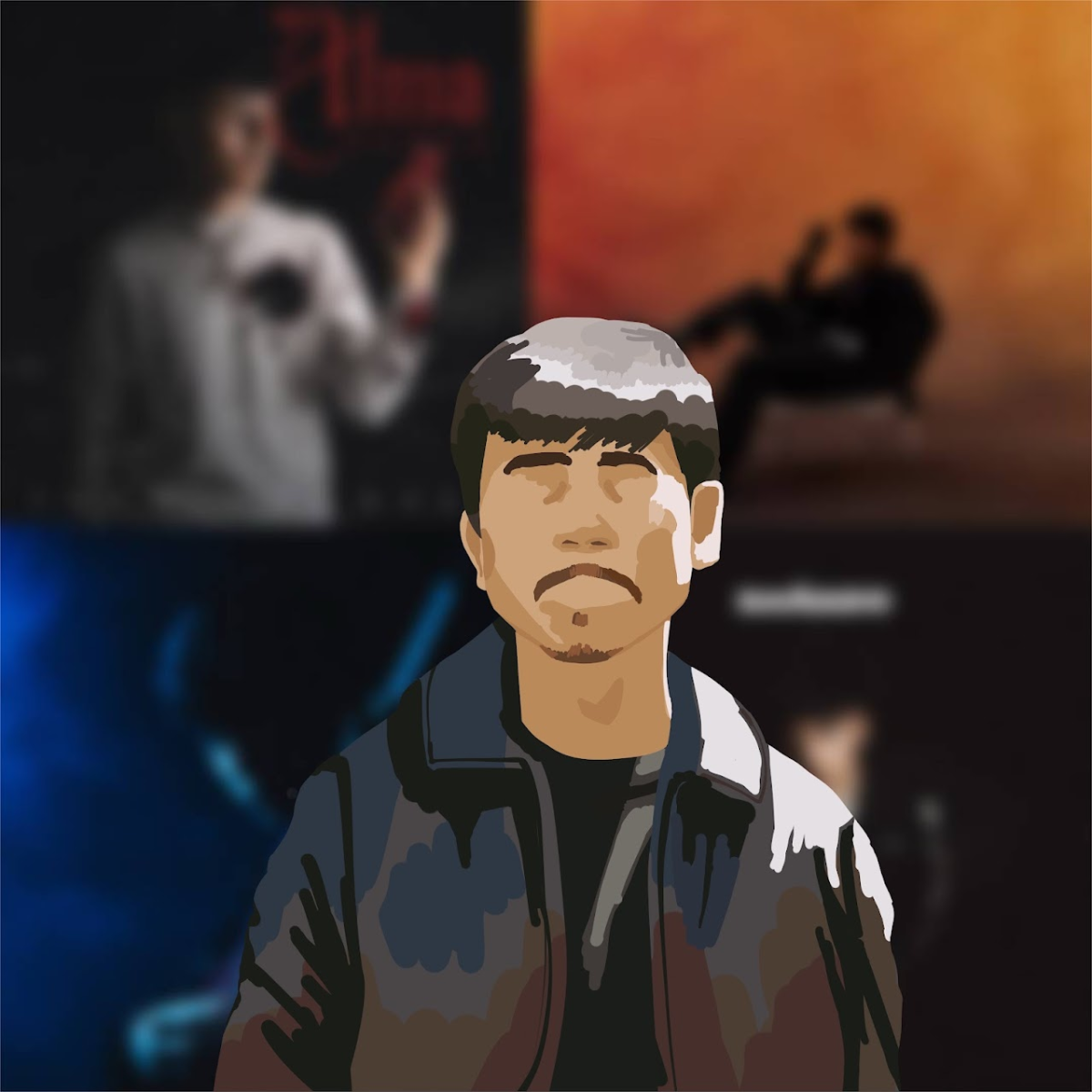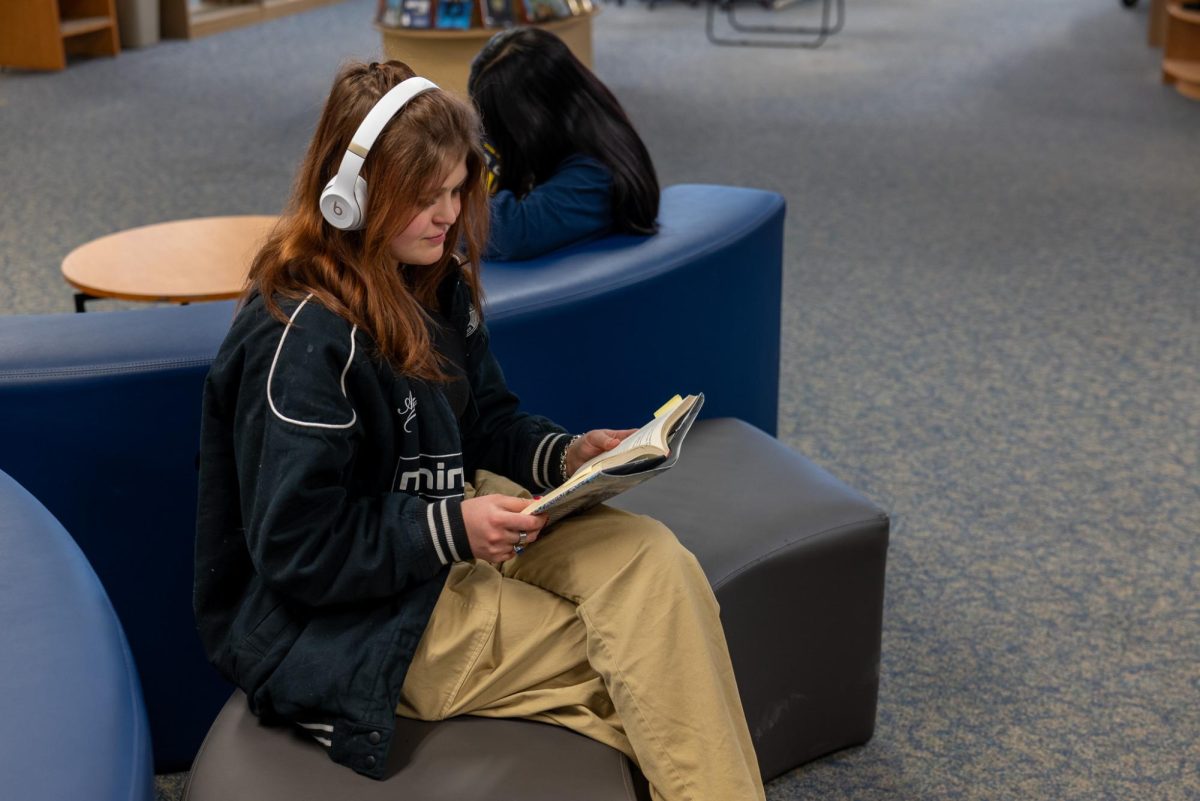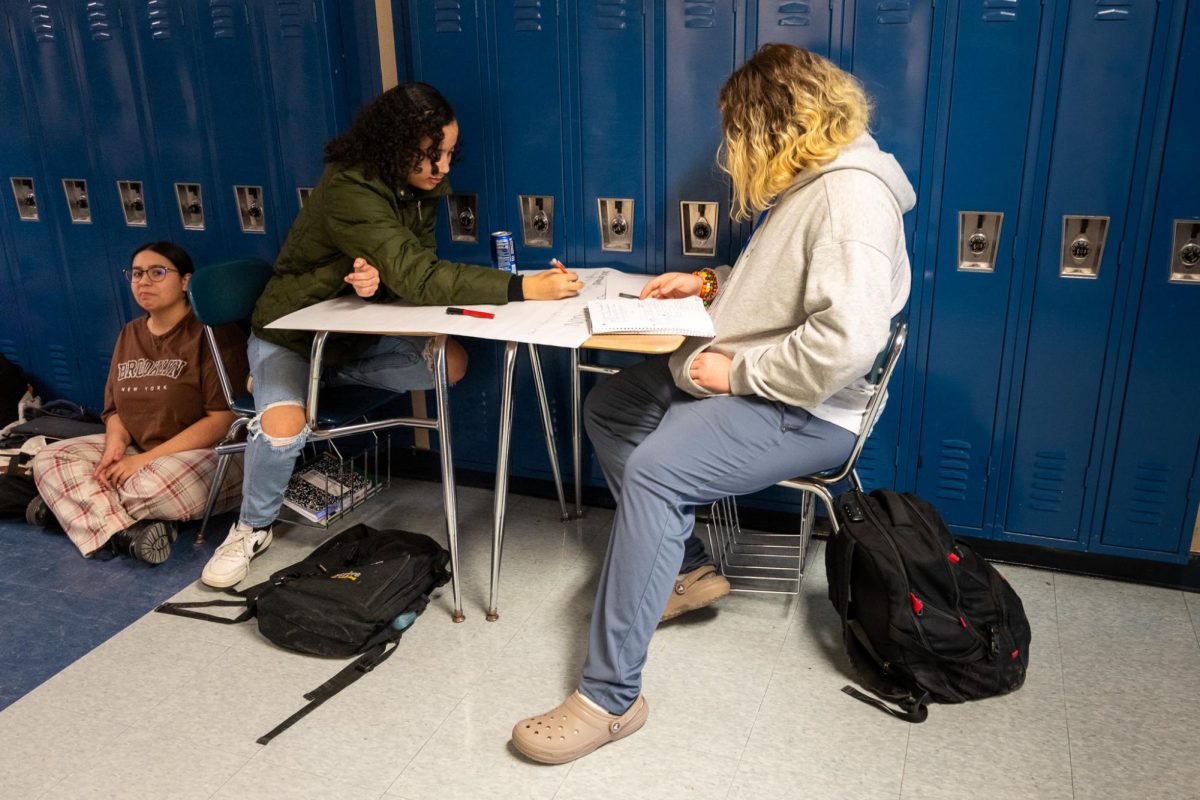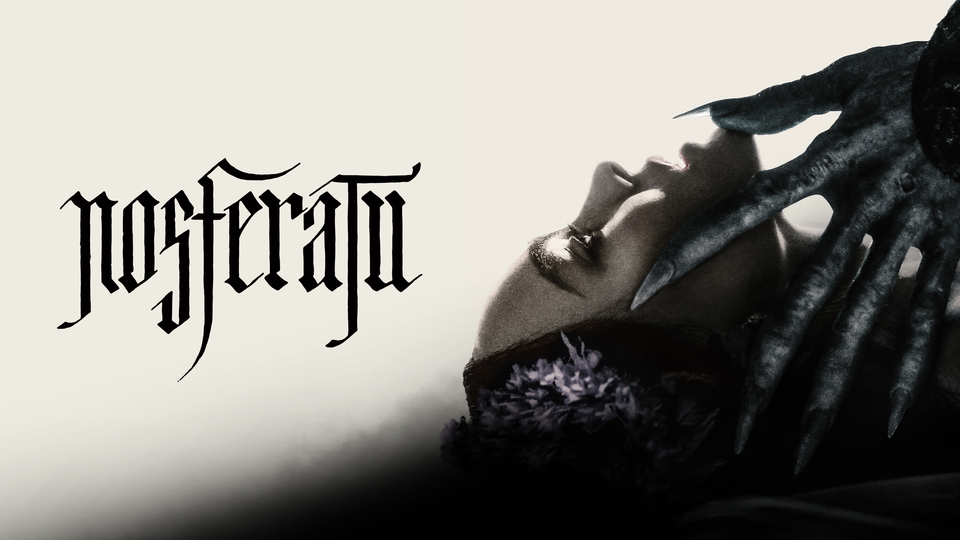With over 100 musical events in a 19-day timeline, this festival seems like something you’d run into on your trip to Paris, but nope! It’s right here in Kalamazoo, Michigan. Since 1989, the Irving S. Gilmore International Piano Festival has brought musicians from all over the world every two years to perform here in Kalamazoo.
It is unique that a city like Kalamazoo, with less than 75 thousand residents, hosts one of the most famous piano festivals in the nation. During the festival, people worldwide come here to see performers that normally perform in only larger metropolitan areas.
“These people’s [performers’] itineraries are Paris, Berlin, Tokyo, Carnegie Hall and then here in Kalamazoo, so it’s really on the world stage,” said Pierre van der Westhuizen, the director of the Gilmore Festival and Awards.
This event not only affects musicians and melomaniacs. In just the 19 days that the festival runs, there is a $ 4.3 million regional economic impact. People drive in and fly into Kalamazoo to enjoy the musical scene.
“We are also in 11 other cities throughout Southwest Michigan where we host performances, so it shines the light on Kalamazoo and the community,“ said van der Westhuizen.
To make sure the light is shined appropriately, the Gilmore Piano Festival relies on fundraising and sponsorships to put on the very expensive fête. Along with funds from the community, 100-200 volunteers help ensure that everything runs smoothly, along with van der Westhuizen’s wonderful staff. As for the music, they use 20 pianos throughout the festival.
Van der Westhuizen is the one who makes sure that the “show must go on.” In 2017, he was appointed the job of director of the Gilmore Festival and Awards. Before that, he grew up in South Africa and moved to Cincinnati in 2001 to pursue further music studies with his wife Sofié. Sofié and Pierre make up the world-renowned Westhuizen piano duo. After that, he was the President and CEO of the Cleveland International Piano Competition.
Pierre does various things throughout the year to prepare for the Gilmore Festival.
“I travel a lot to listen to musicians perform around the world, and I want to put together, as the artistic director, a festival that showcases the broad variety of the piano. The piano can be used as a solo instrument with an orchestra, or with small groups or with a singer or a jazz combo,” said Pierre. “We want to show that off at the festival, so I want to make sure that I invite classical artists, jazz artists, pop musicians, indie pop and we even have a Cape Breton Folk Trio coming. So really trying to be diverse in music and be diverse in demographics, as well as artist representation.”
While running a large piano festival, some difficulties happen: for example, an artist may get sick and can’t perform.
Having to cancel performances because of sick musicians is reminiscent of the COVID-19 pandemic that shut everything down.
In 2020, Pierre had to cancel the festival because of COVID-19. Calling the managers and the performers to tell them that the festival was canceled was the hardest thing he had to do in his career. However, the low point turned into a high point for him when the festival was transformed into a virtual festival. He brought the artists into town and live-streamed everything from Kalamazoo.
“That was an incredibly life-changing experience,” said Pierre. 
Although Pierre has faced some challenges with the festival, the unity that these performances provide through music is something he looks forward to each festival. Everyone brings their own emotions into music, even when there are no words attached to it. It is something so powerful that is communicated from the stage to an audience member that, as Pierre claims, is unrivaled by any other form of human expression.
“It’s beautiful for me to look at a hall with like 2 thousand people and see everybody really at the moment and experiencing something together,” said Pierre. “In a world where we are so fractured online with everybody in their silo, it is really rare to have these moments where you’re really unified around a single experience. I mean, we saw with Taylor Swift how that tour blew up because people are yearning for these types of experiences that bring us all together, no matter where we are from.”
Pierre first began understanding the impact of music on people because of his grandparents.
“They weren’t professional musicians, but there was always music in their home when I would go and visit in the summer. My grandfather played the organ, and my grandmother the piano – this is on my dad’s side,” said Pierre. “We would just sit down and improvise for hours on end. I didn’t really start formal training until I was about 12. I didn’t really expect to go professionally into music, but once I started, the bug bit me big time.”
This native South African has been exposed to this extremely vibrant musical tradition, however, most South African music focuses on vocals. According to Pierre, Western classical music is relatively newly introduced in South Africa, and it’s a wonderful melting pot for something new and interesting.
Connecting to his roots, Pierre has a jazz pianist coming in from South Africa, Nduduzo Makhathini. Makhathini, who was the first African pianist to be signed to Blue Note Records in New York, showed a new way to blend African rhythms and instruments with American jazz through his performances.
“I am proud of the fact that we can create here in Kalamazoo, musical experiences for the artists and for the audiences that are on the world stage,” Pierre continued. “It’s right here in our hometown: it is accessible to everyone. I think that is something to celebrate.”
After attending two Gilmore Piano concerts, I have a different perspective on Kalamazoo. The first show I watched was Eliane Elias, a Brazilian jazz artist, who I connected with because of my Brazilian roots. After watching Elias, I felt inspired and proud of my heritage.
After watching Makhathini, I have a new appreciation for jazz music. I have always known about the musical genre, but after the performance, I had a deeper understanding of the classification of “jazz.” Between Makhathini singing, playing piano, the bassist, drummer and the guest alto saxophone, it felt like organized chaos was the only way I could describe it. The trio plus the guest alto sax reminded me of people speaking the same language but a different dialect. It was new to my ears.
Throughout his performance, Makhathini explained the importance of jazz music and what it means to him.
“It’s not the music that’s meant to be watched, it’s the music that watches us,” said Makhathini about jazz and the spiritual connection to the music.
To attend a Gilmore Piano Festival show, visit their website to find the performance you’re interested in. The festival closes with legendary Broadway artist: Patti LuPone at Miller Auditorium.


